Here is Ramen Noodle Recipes Collection from Chopstick Chronicles. Making homemade ramen noodles from scratch from the broth to the noodles to the toppings is not a quick and simple task but it is rewarding. Ditch the bland and unhealthy instant ramen noodles and discover how to prepare authentic, delicious, and flavour-packed ramen at home! Here you’ll find your comprehensive guide to making ramen at home from handmade noodles to the different broth and topping choices.
What is Ramen?
Ramen is arguably the most popular and well known Japanese noodle dish. It consists of thin wheat noodles served in a broth with various toppings. Nowadays ramen is very common around the world and is not hard to find at restaurants and supermarkets. However, making ramen at home is satisfying and enjoyable and easily adaptable to suit your tastes since there are several flavours of ramen broths.
Ramen Broth
The broth is the most important part of a bowl of ramen. The flavour needs to be robust and flavourful yet subtle and not overpowering. Making broth from home is a long and multi-step process but it isn’t difficult (especially if you follow my recipe with tips and tricks and step by step photo instructions). There are 3 main types of ramen broth: chicken broth, dashi broth, and pork broth. Each have their own unique flavour and go well with different toppings.
Ramen Noodles
Preparing fresh ramen noodles with just the right texture are essential to crafting a delicious bowl of ramen. This ramen noodle recipe teaches you how to make ramen noodles easily at home with just 4 ingredients! Boil the noodles in a pot right before serving in a bowl of broth and they’ll be ready for the toppings. Or toss the noodles in a skillet with some egg, veggies such as peppers and broccoli and a stir-fry sauce for a quick and easy ramen noodle stir fry.
Chashu
Making your own melt-in-your-mouth chashu pork really takes your homemade ramen to the next level. It may seem complicated to make but it is actually not hard; but it is a lengthy process. However, despite the time, it will be well worth your while. The juicy and tender slices of chashu will make your bowl of ramen noodle soup taste incredible.
Ramen Eggs
Ramen eggs are another popular and typical ramen topping. They are made by marinating soft boiled eggs in a soy sauce based marinade. This creates a flavourful bite every time making them the perfect addition to your noodles. I also add miso to give it a burst of umami power and Chinese chili paste for a hint of spice.
Flavours of Ramen
There are several flavour varieties for ramen noodles but the 3 main types are: shio (salt), shoyu (soy sauce), and miso (fermented soybean paste). Each have their own unique flavour profiles to suit all palettes and fulfill your cravings.
Miso Ramen
Miso ramen is probably my favourite type of ramen. In this dish the noodles sit in a rich and flavourful broth seasoned with miso (fermented soybean paste). To achieve this delicious noodle bowl requires adding miso paste, garlic, ginger, sesame oil and a few other seasonings to a chicken stock broth. This ramen noodle soup will be slightly thicker than other types, which is one of the reasons I love it. Garnish with chashu pork, ramen eggs, green onions, and some corn for a touch of sweetness. I have a recipe included in Chopstick Chronicles book “The secret to Japanese cooking“
Shio Ramen
Shio ramen is ramen noodles seasoned with salt (called “shio” in Japanese). Usually a salt flavour base is added to a clear chicken ramen broth. This is probably the most basic flavour of ramen but while it seems simple, the process and flavour are more complex. In the end you have a light and subtle flavoured ramen broth that goes perfectly with classic toppings such as seaweed, chashu pork or chicken, bamboo shoots and fish cake (naruto).
Shoyu Ramen
Shoyu ramen is another one of the 3 main ramen soups. This ramen soup has a clear and light brown colour made from soy sauce seasoned chicken soup broth. It is not difficult to make and won’t take long. It’s surprising how quickly you can make such flavourful umami rich broth in 10 minutes at home. I like to garnish this ramen noodle soup with the typical toppings such as bean sprouts, chashu, and egg. Since this dish is quite salt-heavy from the soy sauce, you can decrease the sodium amount by using a low sodium soy sauce if you wish.
Tantan Men
Tantanmen is perfect for those who like a little spicy kick to their ramen noodles. The broth is made with soy milk, sesame paste, chili oil, and soy sauce so the broth is a delicious balance of hot spiciness and a melow nuttyness. I like to top it with some protein like minced beef, pork, or tofu along with bok choy or broccoli and green onions. Another way I have seen spice added to ramen is by pouring a bit of sriracha into the noodle broth.
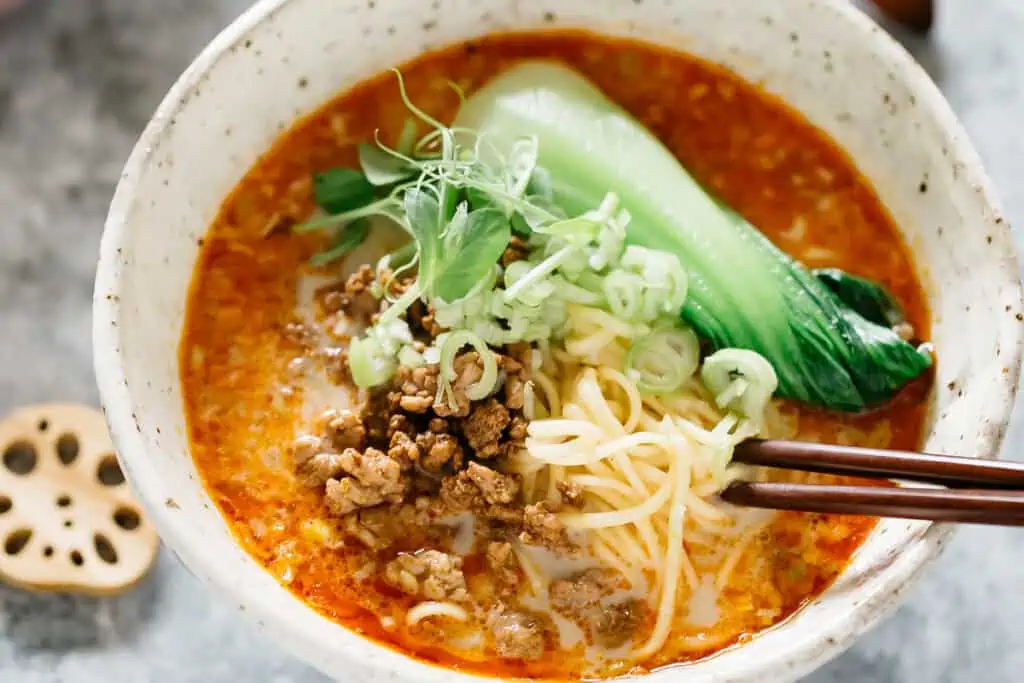
Hiyashi Chuka
This is the perfect way to eat ramen noodles cold. It is a refreshing and delicious noodle dish made from serving ramen noodles chilled with a sauce on the side. Top the noodles with shredded egg, ham, crab meat or steamed chicken and vegetables such as cucumber, lettuce, bean sprouts, shiso leaves, and thinly sliced tomato. Garnish with sesame seeds and pour the sauce over the top to serve.
Yakisoba
Although it’s called Yaki “soba”, this Japanese stir fried noodle dish is actually made from ramen noodles. After you cook and drain the ramen noodles, add them to a large skillet or hot plate to stir fry. Toss the noodles together along with a special signature tangy Yakisoba sauce and your preferred protein and vegetables. I usually add pork slices, cabbage, and bell pepper. Other suggestions are shrimp, chicken, mushrooms, carrots, onion, and really anything else you like.
However you like to enjoy your ramen, making it fresh at home with your favourite toppings is always the best. There’s nothing better than a comforting bowl of noodles.
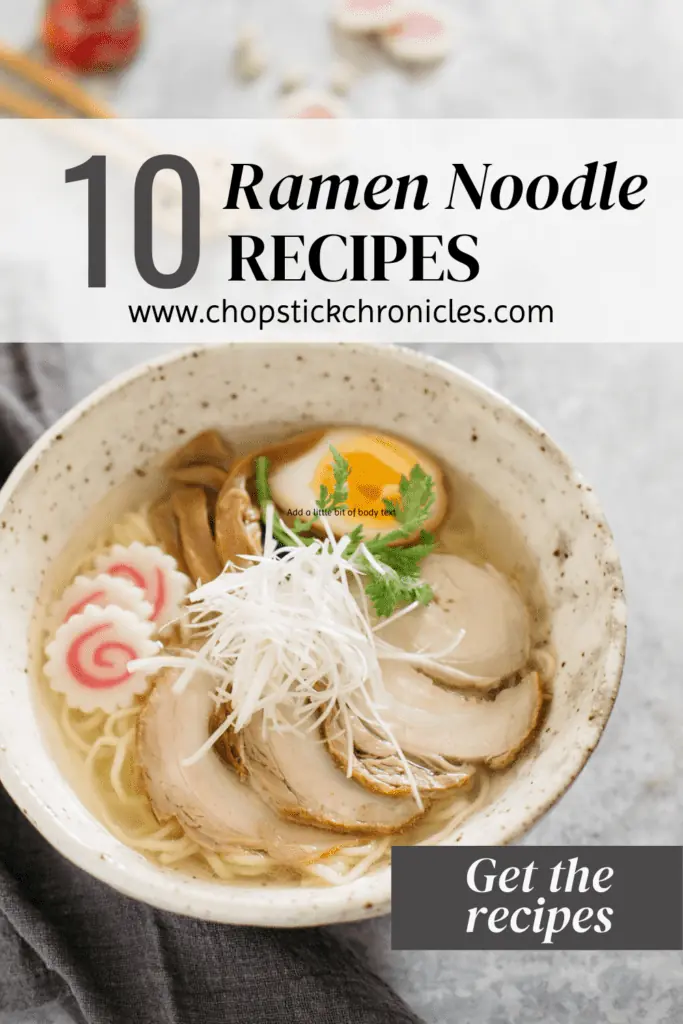
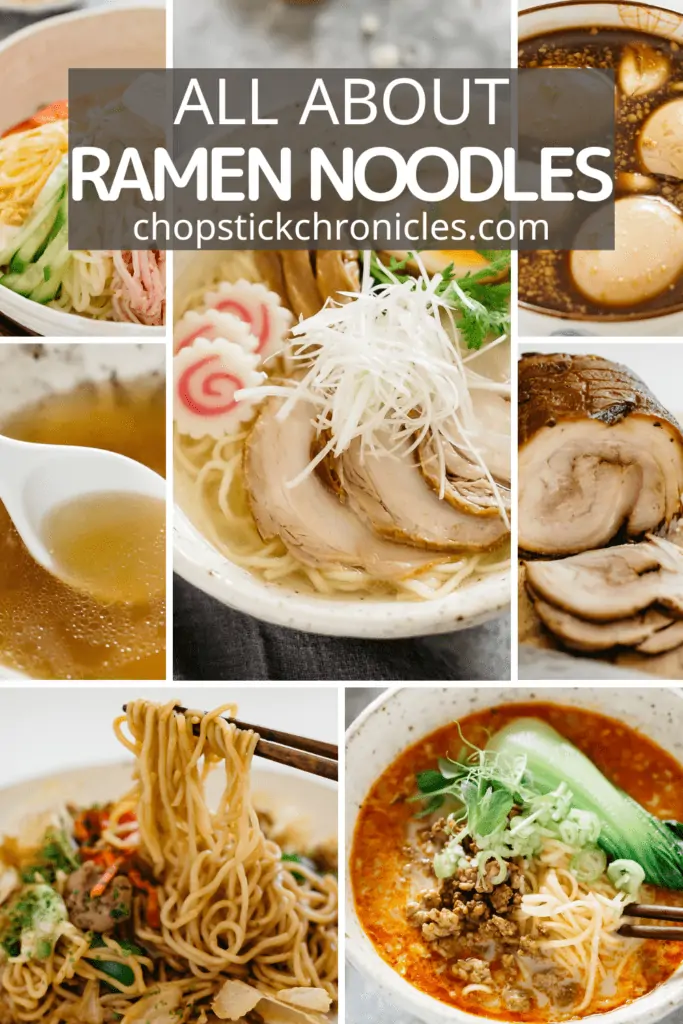
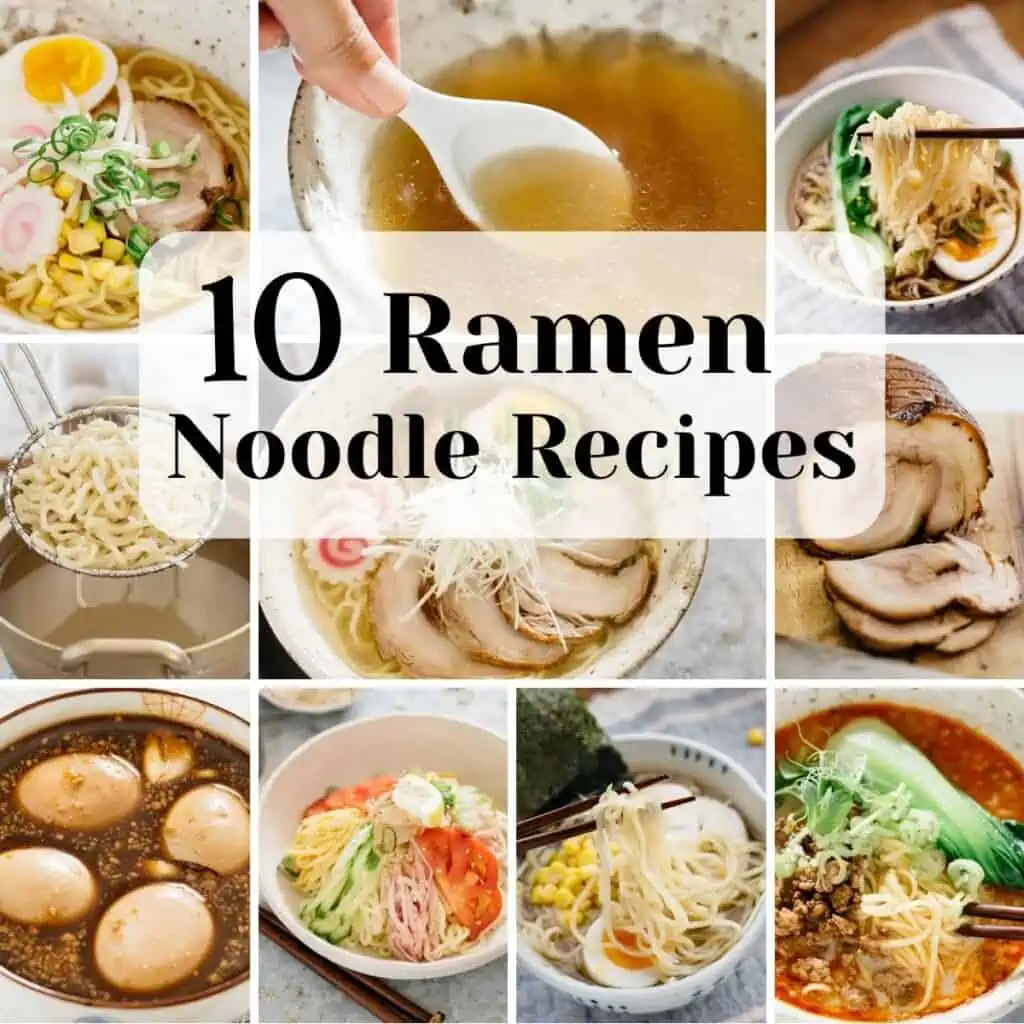
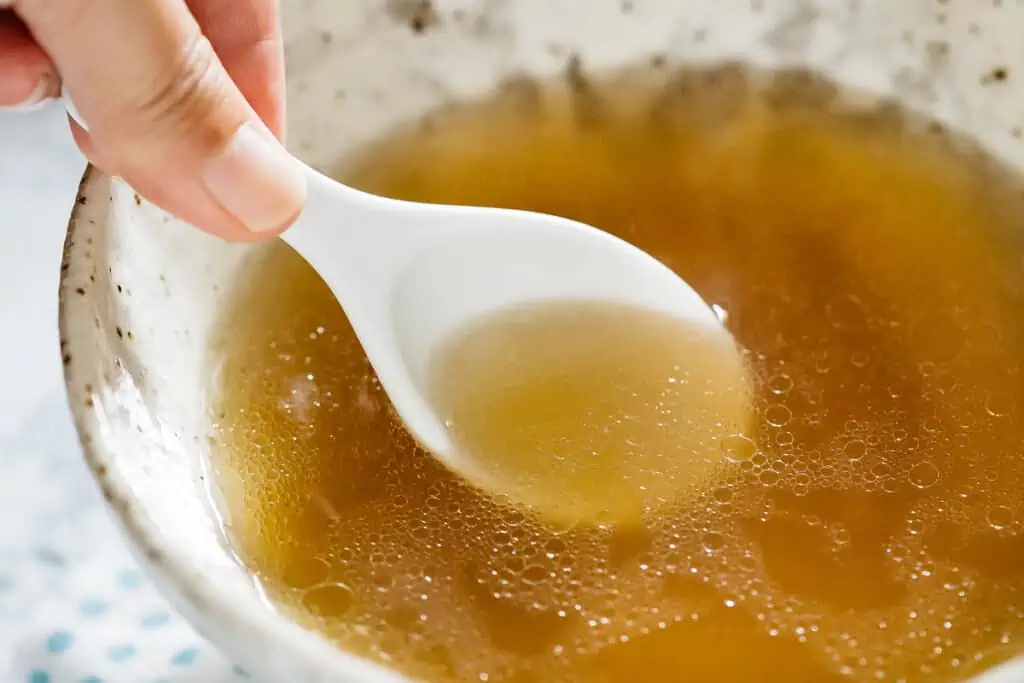
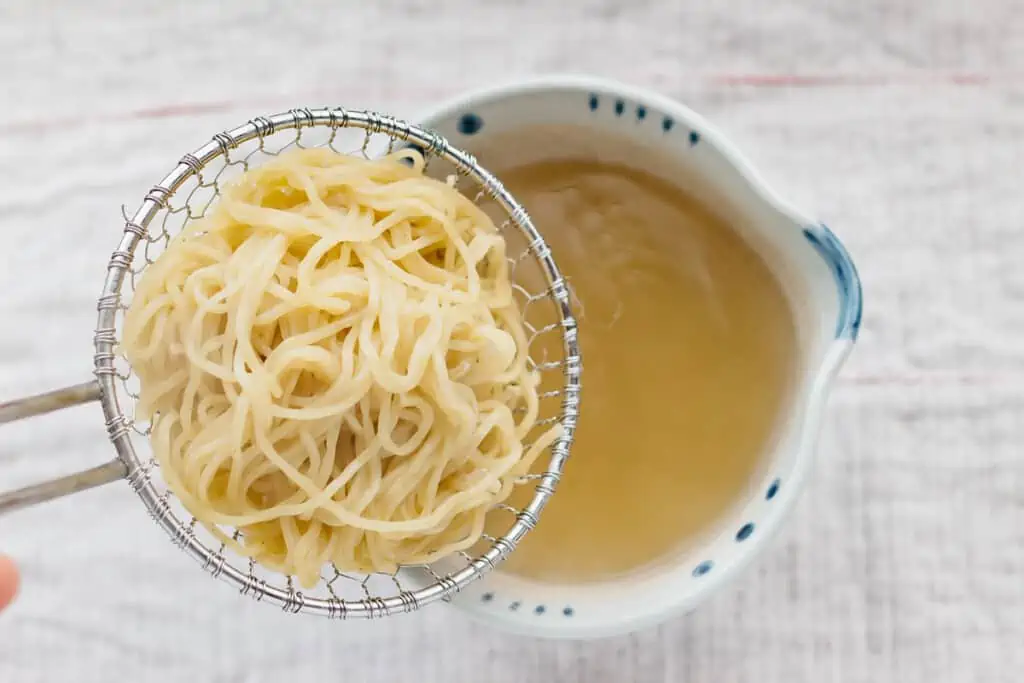
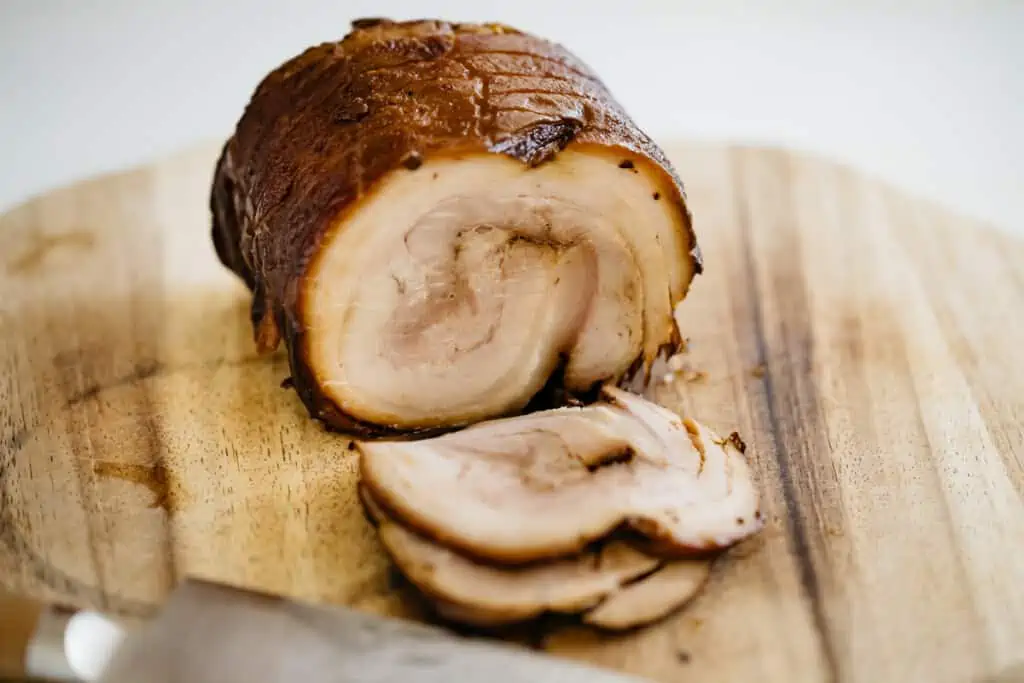
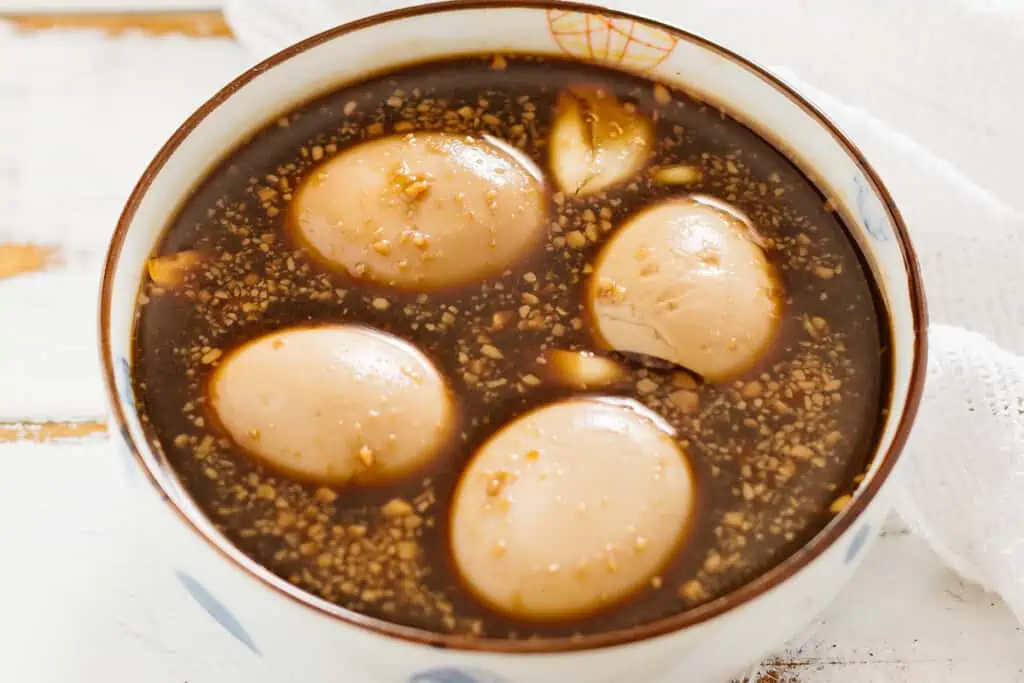
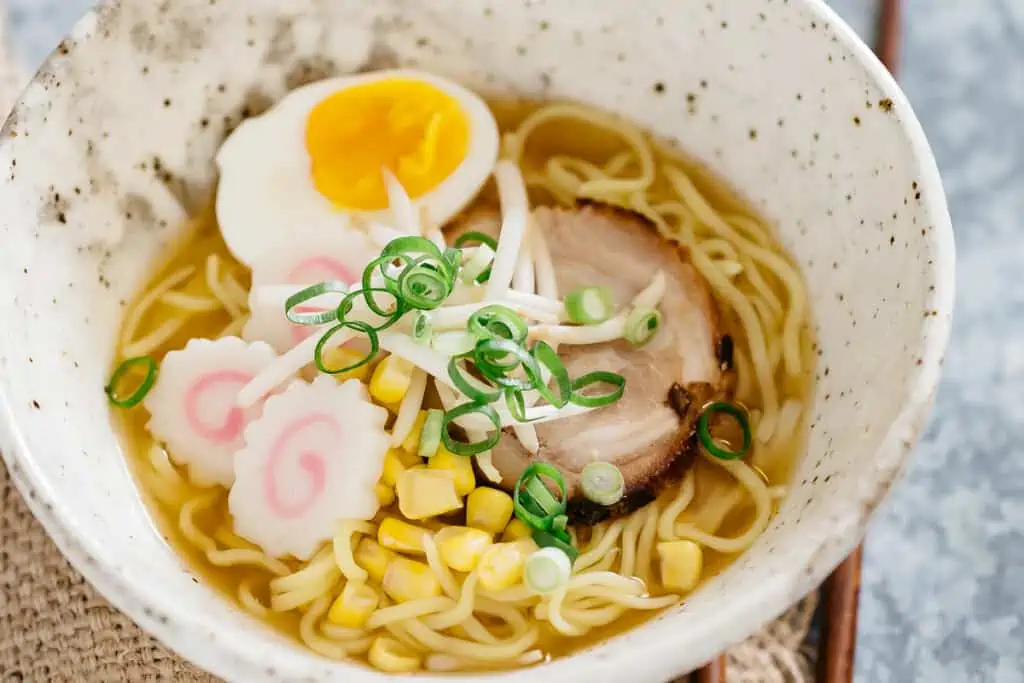
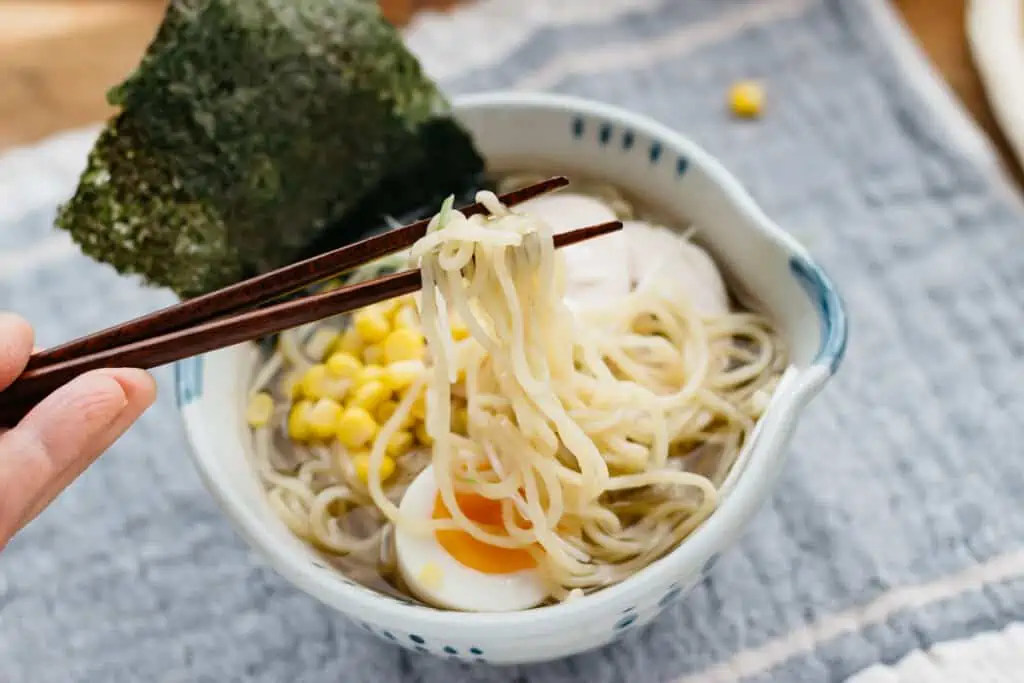
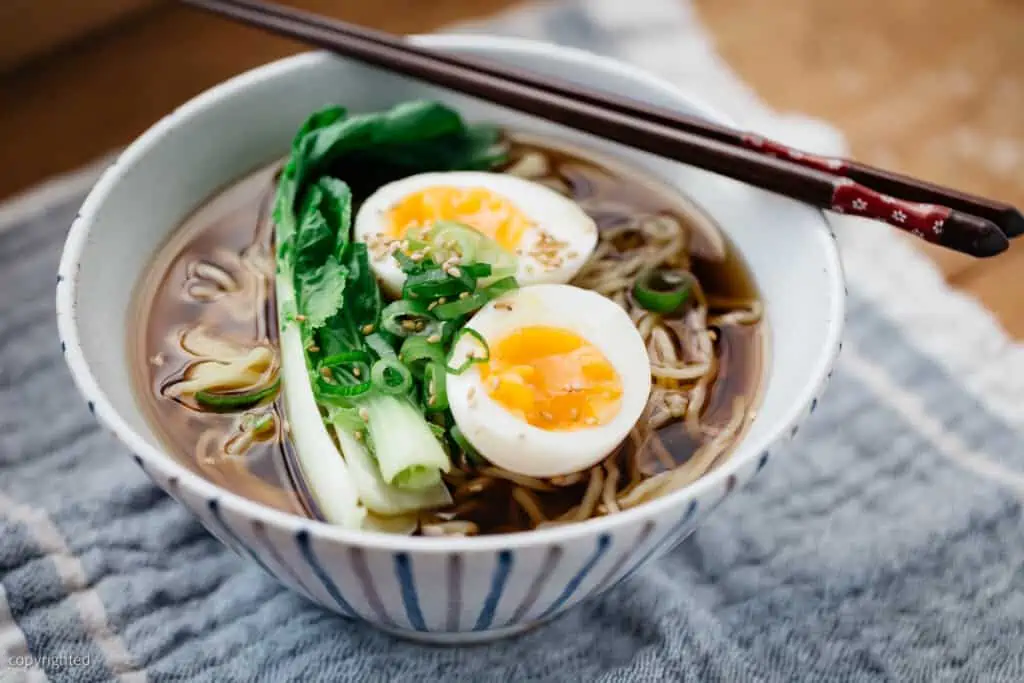
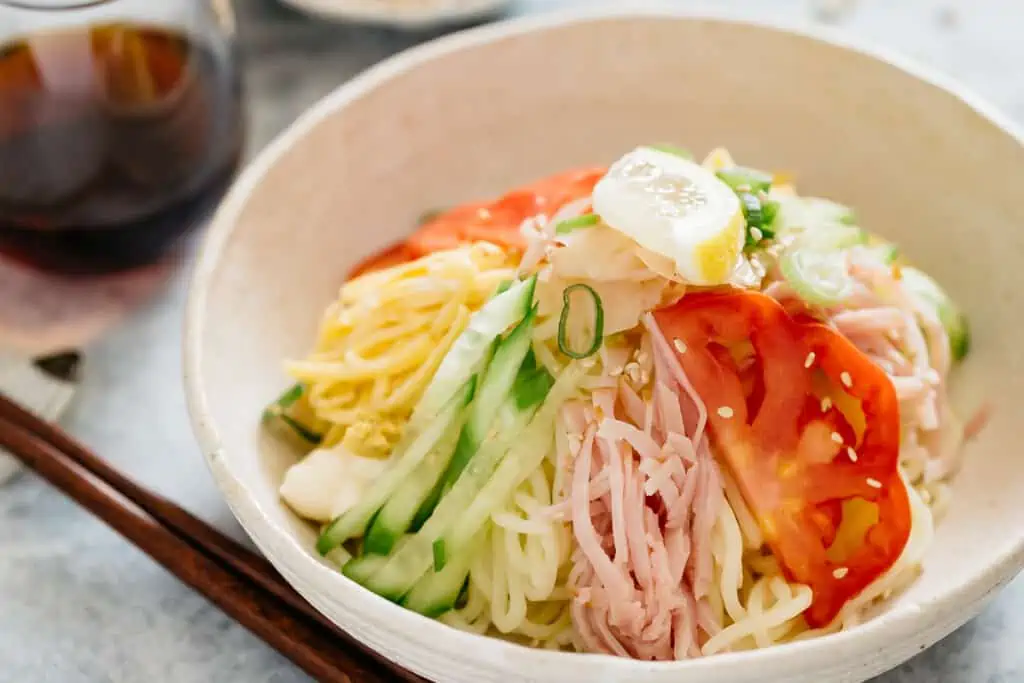
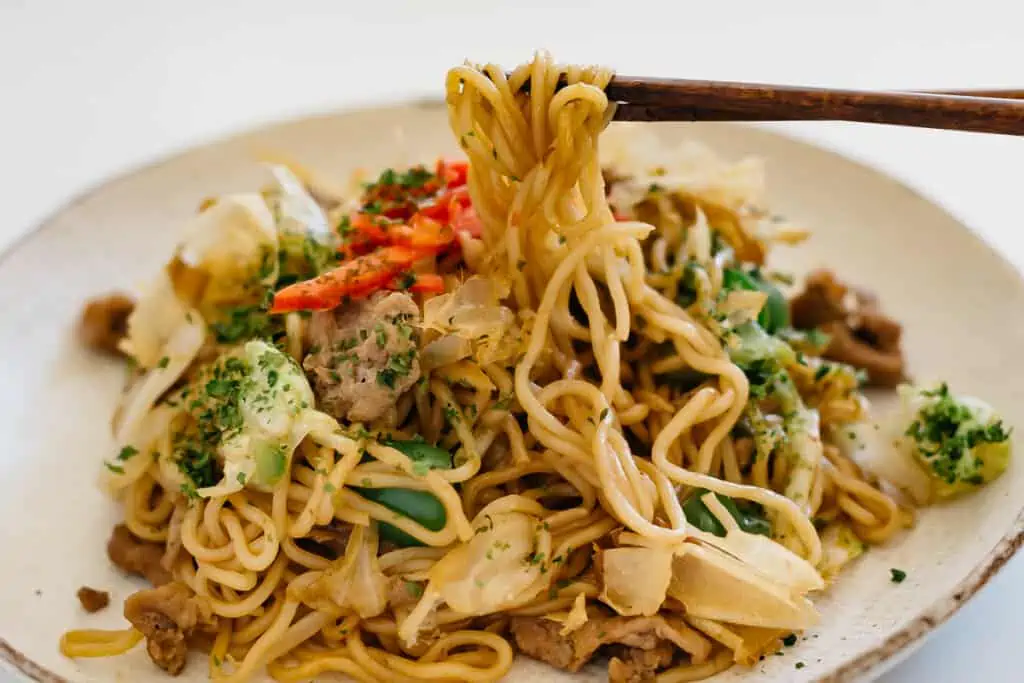
Thank you so, so much for all these recipes Shihoko. I’m from Quebec, in Canada, and still very new to all Asian cuisine. I mean, I do know about sushi and ramen, but that’s about it. I have a lot of food allergies that makes Asian food quite complicated for me: peanuts, nuts, beans, and soy.. So you can imagine the challenge!
But reading your recipes, so beautifully written and well explained, gave me the confidence to expand my knowledge in Japanese recipes. Obviously Miso and tofu are out, but now I know there’s actually many things that I can eat! Right now I’m in the process of gathering the basic ingredients, or in some cases seeing if I can make them at home when I can’t either find or eat them (many put “May contain and/or might have been in contact with [my allergens]”, even if it’s pretty unlikely for some). On that note I did read your post about Japanese food substitution, it was very useful!
So again, thank you! I can’t wait to try some of your recipes, they all looks very delicious!
Audrey
Thank you so much for your lovely comment 😀 Audrey. It made my day:D